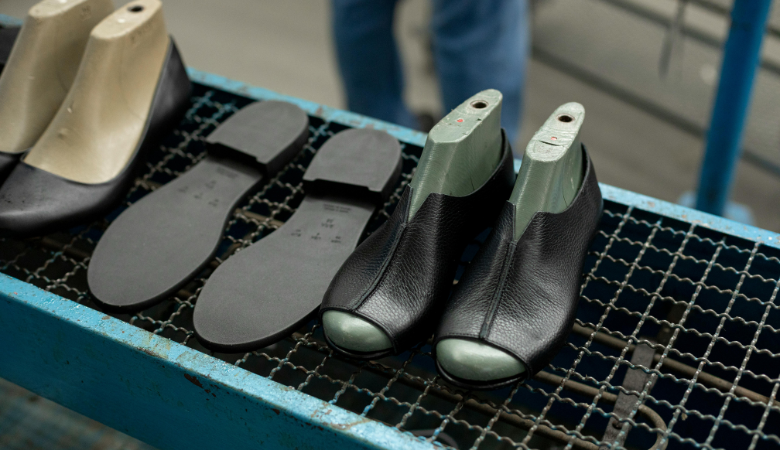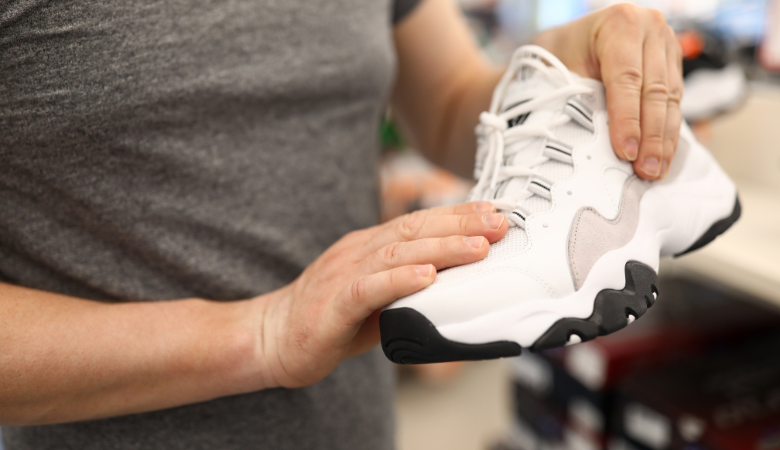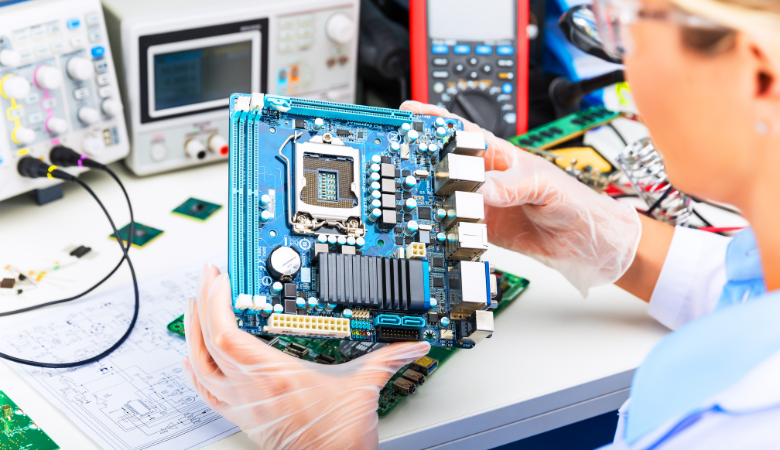
In the fiercely competitive global market, maintaining consistent quality is crucial for achieving customer loyalty and long-term success. The quality control process in garment production can be divided into six main stages: pre-production stage, production planning and preparation, quality control during production, post-production quality control, quality assurance during transportation and delivery, and continuous improvement. Each stage plays a pivotal role in ensuring that the final product meets high standards.

1. Pre-production stage
Design and material selection review
Before the official commencement of the production process, an important step is the review stage of design and material selection.
The work at this stage is crucial for the appearance and texture of the product, and it directly affects the smooth progress of subsequent production and the quality of the final product.
Specifically, it begins with a comprehensive review of design proposals and the careful selection of suitable materials tailored to product characteristics. Designers, product managers, and quality teams work closely together to form a synergistic force, jointly ensuring that the selected fabrics, decorative elements, and various accessories precisely meet and exceed the expected product specifications.
Fabric and material testing
Immediately following, comes the rigorous testing phase for fabrics and materials. The testing steps for fabrics and materials brook no slack, as the performance of the materials directly impacts the durability, comfort, and market acceptance of the product.
The testing content covers color fastness testing to verify whether the color remains stable after prolonged use or under specific environmental conditions; shrinkage testing to ensure that the fabric retains its original size and shape after washing; strength testing to evaluate the performance of the material under external forces and ensure its sufficient toughness. In addition, based on the specific requirements of the product, a series of other performance index tests are conducted to comprehensively ensure that the material meets the quality standards before mass production.
Sample confirmation and sample garment production
Finally, there are the crucial steps of sample confirmation and sample garment production. In this phase, we meticulously craft sample garments or pre-production samples based on the design drafts, conducting a comprehensive evaluation of the design, fit, and functionality. These samples are not merely simple models; they serve as a bridge between the concept and the reality of the product. They must undergo rigorous scrutiny by our quality team to ensure that every detail meets the established quality standards. Additionally, they require the approval and consent of the client before we can officially proceed to the mass production stage. The rigor of the process lays the foundation for the efficient continuation of subsequent production and the successful launch of the final product.
2. Production planning and preparation
Establish quality standards and operating procedures
Develop standard operating procedures (SOPs) and quality benchmarks to guide the production process. Develop a series of detailed SOPs that cover every aspect from raw material processing to finished product packaging, striving to maintain high consistency across all production batches and ensuring stable product quality.
Supplier and factory evaluation
Evaluate whether factories and suppliers possess the capability to meet quality expectations. Conduct audits to ensure they have the necessary infrastructure, skilled workforce, and compliance certifications. Only after rigorous audits to ensure that all conditions meet the requirements will we choose to cooperate with them to jointly create high-quality products.
Employee training and equipment calibration
Conduct quality standard training for workers and calibrate equipment to ensure production accuracy. Appropriate training can reduce errors and improve production efficiency, laying a solid foundation for subsequent mass production.
3. Quality control during the production process
Online inspection and real-time monitoring
During the production process, a strict online inspection system is implemented to detect and correct any potential defects as early as possible. This ensures that problems are nipped in the bud, preventing them from further spreading to subsequent production stages and effectively reducing the production of non-conforming products. To achieve this goal, a real-time monitoring system can be introduced to facilitate round-the-clock and comprehensive tracking of every detail in the production process. Once a problem is detected, the system will immediately provide instant feedback to the operator, ensuring that the issue can be responded to and addressed promptly.
Handling of defects during the production process
When defects are detected by online inspection or real-time monitoring systems, we uphold a "zero tolerance" attitude and promptly take corrective measures. We swiftly pinpoint the source of the problem, analyze the causes of the defects, and devise targeted solutions. Taking proactive measures can effectively prevent non-conforming products from advancing to subsequent stages. Furthermore, it enables us to enhance overall production quality and efficiency through continuous improvement and optimization of the production process. We believe that only by maintaining a high level of vigilance and rigor in every detail can we create high-quality products that truly meet customer needs.
Ensure consistency in the production line
To ensure uniform quality across multiple production lines, we adopt dual safeguards: regular inspections and standardized processes. Regular inspections ensure that each production line operates strictly in accordance with established quality standards, enabling timely detection and correction of any deviations. Standardized processes, on the other hand, involve developing detailed operating procedures and work instructions to ensure that every operator can perform their tasks according to unified standards, thereby eliminating quality fluctuations caused by human factors.
4. Post-production quality control
Final Random Inspection (FRI)
At the end of the production line, a rigorous Final Random Inspection (FRI) procedure is implemented. This involves a comprehensive quality assessment of the finished products, where random samples are carefully examined to verify whether their overall quality meets the established standards. FRI encompasses multiple aspects such as appearance, functionality, and performance of the products, while also focusing on details that may affect customer experience. Through this process, we can ensure that every product meets high-quality requirements, thereby earning the trust and satisfaction of our customers.
Packaging and label inspection
Packaging and labeling, as the first bridge between products and consumers, are crucial for their accuracy and compliance. During the post-production quality control process, strict verification is conducted on packaging and labeling. Careful inspection is carried out to ensure the selection of packaging materials, design, printing quality, and the accuracy of information on the labels are in full compliance with customer specifications and regulatory standards.
Compliance testing for regulations and standards
To ensure that products can be unimpeded in international and regional markets, they must comply with relevant regulations and standards. During the post-production quality control stage, attention is paid to conducting compliance testing on products. Whether it is CPSIA (Consumer Product Safety Improvement Act) for children's products, REACH (Registration, Evaluation, Authorization and Restriction of Chemicals) for chemical management, or OEKO-TEX for textile ecological standards, it is crucial to ensure that products can successfully pass these international and regional standard tests.



